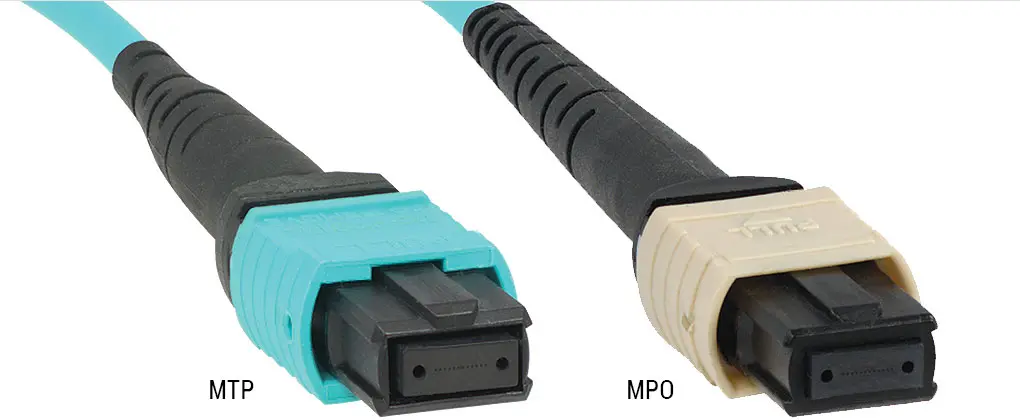
Fiber optic technology relies heavily on connectors for efficient data transmission. MPO (Multi-Fiber Push-On) and MTP (Mechanical Transfer Push-On) connectors are key components in this technology. Understanding their differences helps in choosing the right one for specific needs. This article will explore the features and benefits of both MPO and MTP connectors in detail.
MPO Connector: An Overview
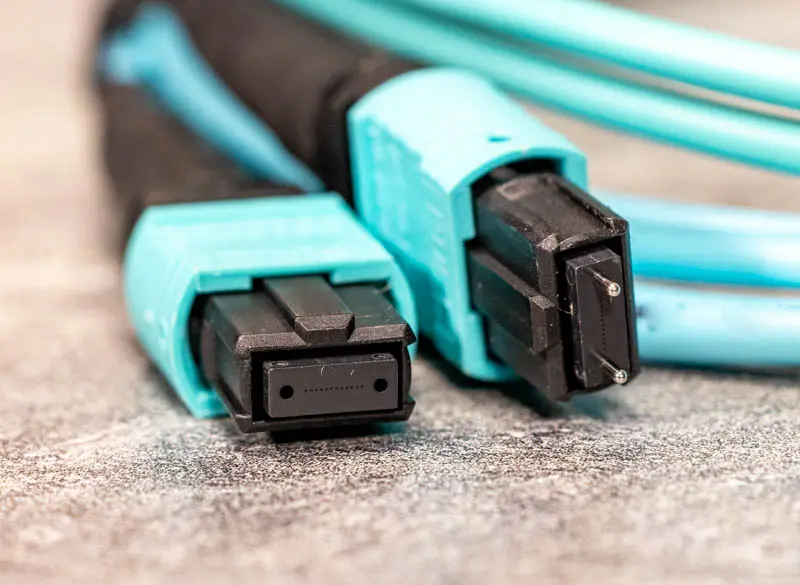
The MPO connector is widely used in high-density fiber optic networks. It supports multiple fibers in a single connector, making it ideal for applications that require high bandwidth and fast data transfer rates. MPO connectors are commonly found in data centers, telecommunications, and other environments where space and efficiency are critical.
MPO connectors are designed to support up to 12 or 24 fibers in a single ferrule. This multi-fiber design significantly increases the data transfer capacity, making MPO connectors suitable for high-speed network applications. The connector’s push-on mechanism ensures easy installation and removal, reducing the time and effort required for network maintenance.
One of the key advantages of MPO connectors is their ability to facilitate parallel optical communication. This capability is crucial in modern data centers and telecommunication networks, where high-speed data transfer and low latency are paramount. By supporting multiple fibers in a single connector, MPO connectors can handle large volumes of data, making them ideal for applications such as high-performance computing and cloud services.
MTP Connector: A Superior Design
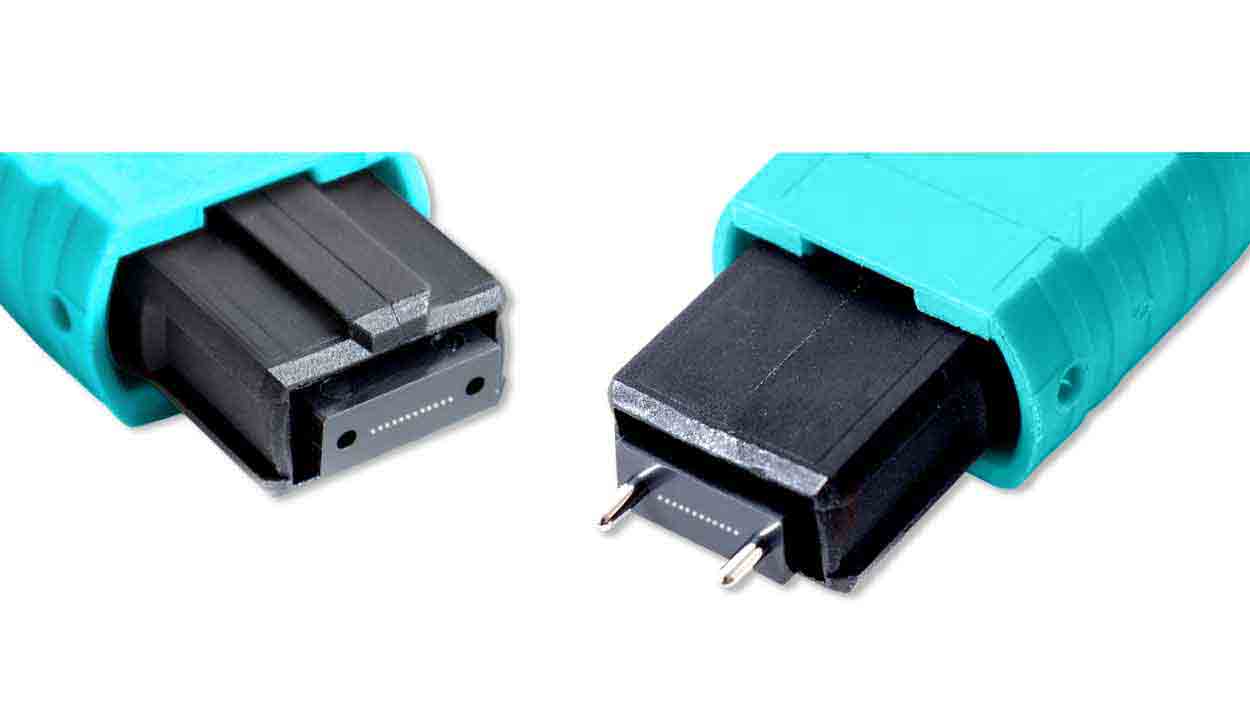
MTP connectors, developed by US Conec, are an enhanced version of the standard MPO connectors. While they share the same basic design and functionality, MTP connectors offer several improvements that make them more efficient and reliable. These enhancements include better mechanical performance, higher precision, and improved optical performance.
One of the key differences between MPO and MTP connectors is the design of the ferrule. MTP connectors use a floating ferrule design that allows for better alignment of the fibers. This results in lower insertion loss and higher return loss, improving the overall performance of the connector. Additionally, MTP connectors feature an elliptical guide pin design, which reduces wear and tear during repeated mating and demating cycles.
The floating ferrule design in MTP connectors is a significant improvement over the fixed ferrule design found in standard MPO connectors. This design allows the ferrule to move slightly within the connector housing, accommodating any minor misalignments and ensuring optimal fiber alignment. As a result, MTP connectors provide better optical performance, with lower insertion loss and higher return loss.
MTP connectors also feature a removable housing, which allows for easy access to the ferrule and fibers. This design simplifies cleaning and maintenance, ensuring that the connectors remain in optimal condition even in demanding environments. The elliptical guide pins in MTP connectors are precision-engineered to minimize wear and tear, further enhancing the connector’s durability and reliability.
Key Differences Between MPO and MTP
Although MPO and MTP connectors are similar in many ways, their differences can have a significant impact on network performance. Here are some of the key differences:
- Ferrule Design: As mentioned earlier, MTP connectors use a floating ferrule design, which provides better fiber alignment and improves optical performance. MPO connectors, on the other hand, use a fixed ferrule design that may not offer the same level of precision.
- Mechanical Performance: MTP connectors are designed to withstand more mating and demating cycles than MPO connectors. The elliptical guide pin design reduces wear and tear, making MTP connectors more durable and reliable in high-traffic environments.
- Insertion Loss: MTP connectors typically have lower insertion loss compared to MPO connectors. This is due to the higher precision and better alignment provided by the floating ferrule design. Lower insertion loss means better signal strength and higher data transfer rates.
- Customization: MTP connectors offer more customization options than MPO connectors. Users can choose different fiber counts, cable types, and connector configurations to suit their specific needs. This flexibility makes MTP connectors more versatile and adaptable to various applications.
- Brand and Compatibility: MTP is a branded product by US Conec, while MPO is a generic standard. MTP connectors are backward compatible with MPO connectors, but the reverse may not always be true. It is important to check compatibility when integrating these connectors into existing networks.
- Maintenance and Cleaning: The removable housing in MTP connectors makes maintenance and cleaning easier compared to MPO connectors. This feature ensures that MTP connectors maintain optimal performance over time, even in harsh environments.
Applications of MPO and MTP Connectors
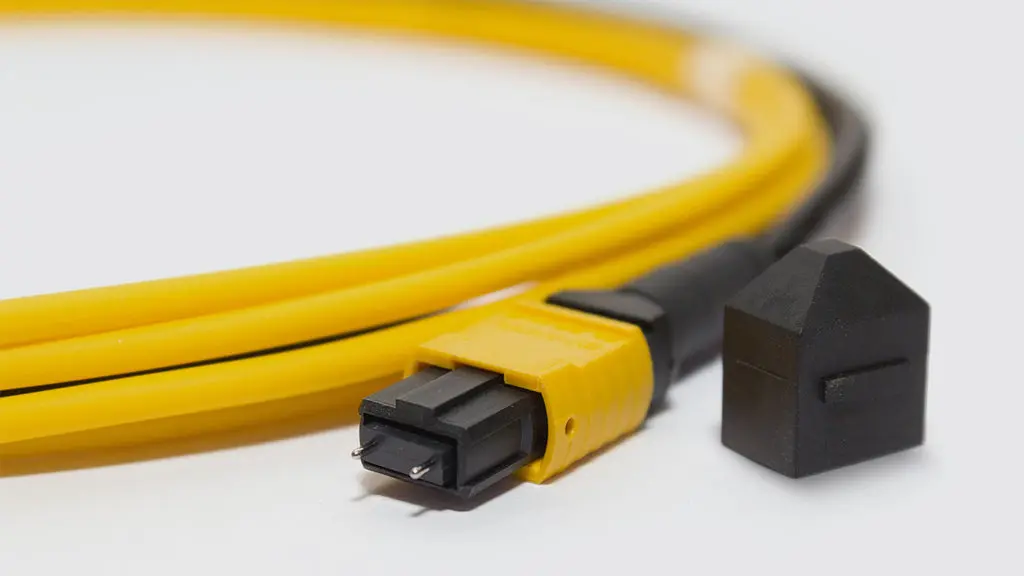
Both MPO and MTP connectors are used in a variety of applications, but their specific features make them more suitable for certain environments.
- Data Centers: Data centers require high-speed, high-density connections to handle large volumes of data. MTP connectors, with their superior performance and durability, are often preferred in these environments. The lower insertion loss and better mechanical performance ensure reliable and efficient data transmission.
In data centers, space is at a premium, and the ability to connect multiple fibers in a single connector is a significant advantage. MPO connectors are commonly used in backbone networks and distribution systems, providing high-density connections that optimize space and improve network efficiency.
- Telecommunications: Telecommunications networks also benefit from the high bandwidth and fast data transfer rates provided by MPO and MTP connectors. MPO connectors are commonly used in backbone networks and distribution systems, while MTP connectors are used in more demanding applications that require higher performance and reliability.
Telecommunications networks often span long distances, requiring connectors that can maintain signal integrity over extended runs. The lower insertion loss and higher return loss of MTP connectors make them ideal for these applications, ensuring that data is transmitted accurately and efficiently.
- High-Performance Computing: High-performance computing environments, such as research institutions and large enterprises, require fast and reliable data connections. MTP connectors, with their lower insertion loss and higher precision, are ideal for these applications. The ability to customize MTP connectors also makes them suitable for specialized computing needs.
In high-performance computing environments, data transfer speed and reliability are critical. MTP connectors provide the high bandwidth and low latency needed to support complex computations and large data sets, making them a preferred choice for researchers and engineers.
- Fiber-to-the-Home (FTTH): FTTH networks bring high-speed internet directly to residential and commercial buildings. Both MPO and MTP connectors can be used in these networks, but MTP connectors may be preferred for their better performance and reliability.
FTTH networks require connectors that can handle high data transfer rates and maintain signal integrity over long distances. MTP connectors, with their superior optical performance, ensure that residents and businesses receive reliable high-speed internet connections.
- Broadcast and Entertainment: The broadcast and entertainment industries rely on high-speed data connections for the transmission of audio, video, and other digital content. MTP connectors, with their low insertion loss and high bandwidth, are ideal for these applications, ensuring that content is transmitted with high quality and minimal latency.
In broadcast and entertainment environments, the ability to transmit large volumes of data quickly and accurately is essential. MTP connectors provide the performance needed to support high-definition video, digital audio, and other media, making them a preferred choice for broadcasters and content creators.
Conclusion
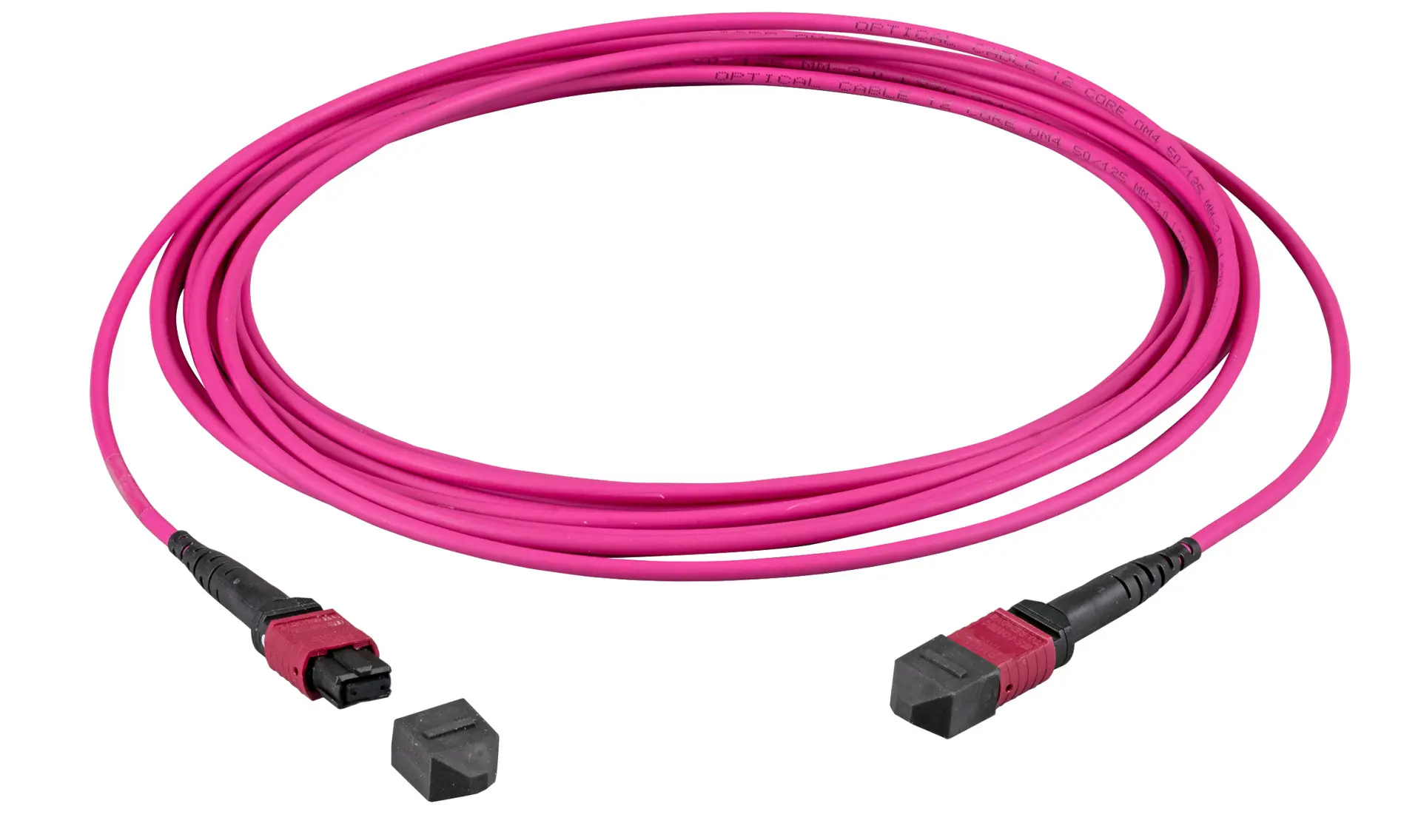
Choosing between MPO and MTP connectors depends on the specific requirements of the application. MPO connectors are suitable for general-purpose use in high-density fiber optic networks, offering a cost-effective solution for fast data transmission. MTP connectors, with their enhanced design and superior performance, are ideal for more demanding applications that require higher precision and reliability.













